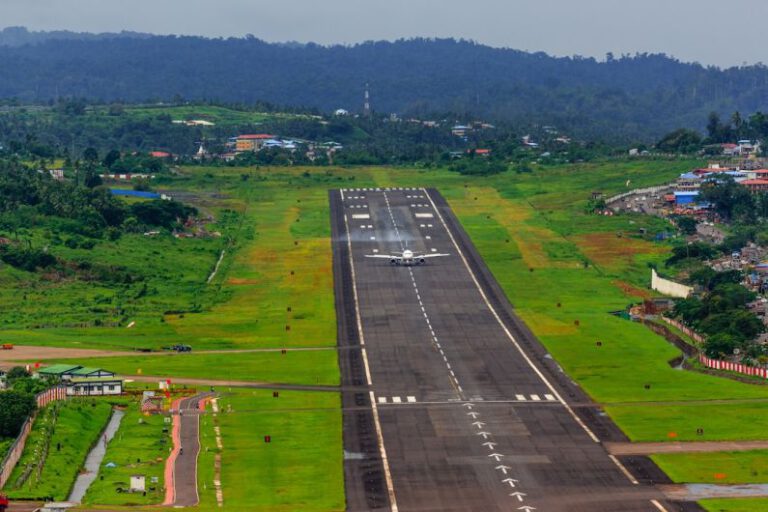Gateway to the Stars: the Aesthetics of Space-age Airport Design
When it comes to modern architecture and design, airports are often overlooked as mundane structures meant solely for the purpose of transportation. However, in recent years, airport design has undergone a significant transformation, embracing futuristic aesthetics that evoke a sense of space-age wonder. From sleek curves to reflective surfaces, today’s airports are not just gateways to different destinations but also portals to a new era of architectural innovation. Let’s delve into the fascinating world of space-age airport design and explore how these structures are redefining the way we experience air travel.
The Rise of Futuristic Architectural Elements
One of the defining features of space-age airport design is the incorporation of futuristic architectural elements that challenge traditional notions of airport aesthetics. Gone are the days of bland, cookie-cutter terminals; instead, airports are now characterized by bold, innovative designs that reflect the spirit of exploration and adventure associated with air travel. Curved glass facades, sweeping lines, and cutting-edge materials are just some of the elements that define the new wave of airport architecture, creating spaces that are not only functional but also visually striking.
Embracing Technology and Sustainability
In addition to their avant-garde aesthetics, space-age airports also prioritize technology and sustainability in their design. Smart technologies are integrated seamlessly into the infrastructure, enhancing the passenger experience and optimizing operations. From self-check-in kiosks to biometric security screening, these innovations streamline the travel process and make navigating the airport a breeze. Furthermore, many space-age airports are designed with sustainability in mind, incorporating energy-efficient features such as solar panels, green roofs, and water recycling systems. By prioritizing both technology and sustainability, these airports are setting new standards for eco-friendly and passenger-centric design.
Iconic Structures That Inspire Awe
Some space-age airports have become iconic landmarks in their own right, captivating travelers and architecture enthusiasts alike with their awe-inspiring design. Take, for example, the futuristic Terminal 3 at Beijing Capital International Airport, with its undulating roof inspired by traditional Chinese architecture. The airport’s striking design not only serves a practical purpose but also celebrates the rich cultural heritage of the region, creating a harmonious blend of tradition and innovation. Similarly, the sleek and futuristic Terminal 1 at Singapore Changi Airport has garnered international acclaim for its cutting-edge design and innovative amenities, including a rooftop swimming pool and butterfly garden. These iconic structures not only elevate the airport experience but also showcase the potential of architecture to inspire and delight.
Creating Memorable Passenger Experiences
Space-age airport design goes beyond aesthetics to create memorable passenger experiences that engage the senses and spark wonder. From immersive art installations to interactive digital displays, airports are increasingly incorporating elements of entertainment and culture into their design. For example, Hamad International Airport in Doha features a spectacular indoor waterfall and a collection of contemporary art pieces that showcase the vibrant culture of Qatar. These experiential elements not only enhance the ambiance of the airport but also provide passengers with a sense of place and connection to the destination they are traveling to. By prioritizing passenger experience and emotional engagement, space-age airports are redefining the way we perceive and interact with these essential travel hubs.
Embracing the Future of Airport Design
As we look to the future, the evolution of airport design shows no signs of slowing down. Space-age airports continue to push the boundaries of innovation and creativity, reimagining these structures as not just functional facilities but as architectural masterpieces that inspire and awe. By embracing futuristic aesthetics, technology, sustainability, and experiential elements, these airports are setting new standards for design excellence and reshaping the way we think about air travel. The gateway to the stars is no longer just a dream but a tangible reality, waiting to be explored and experienced by travelers around the world.






